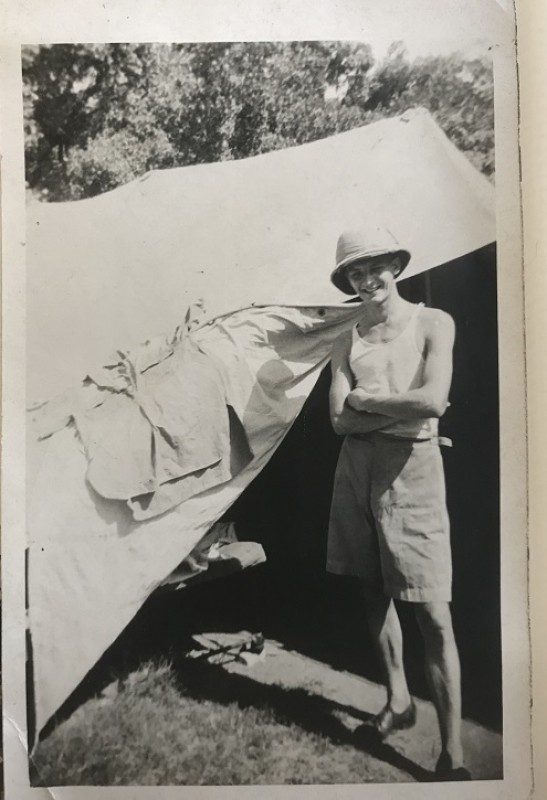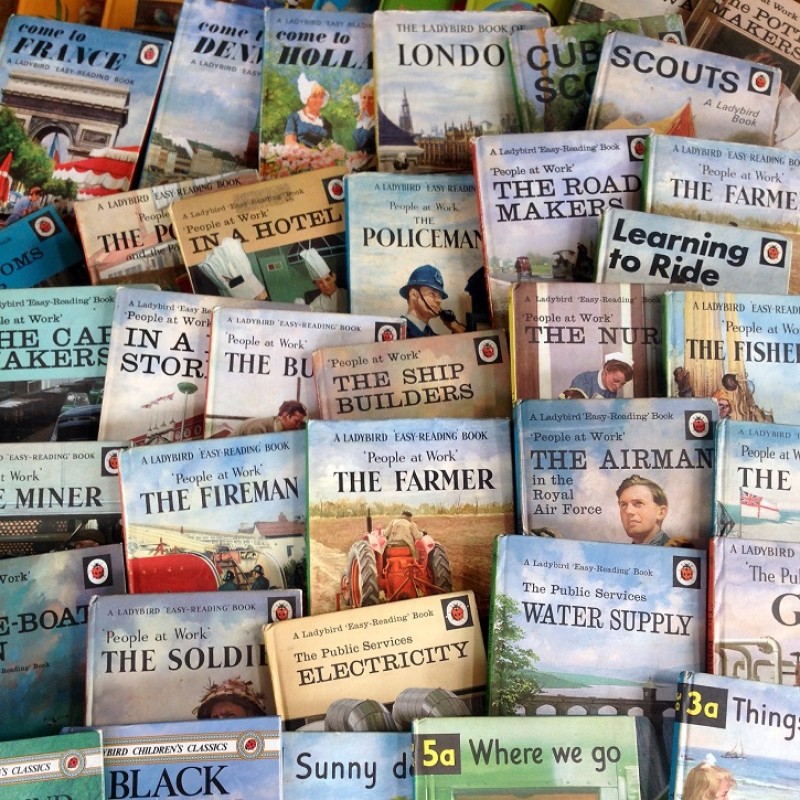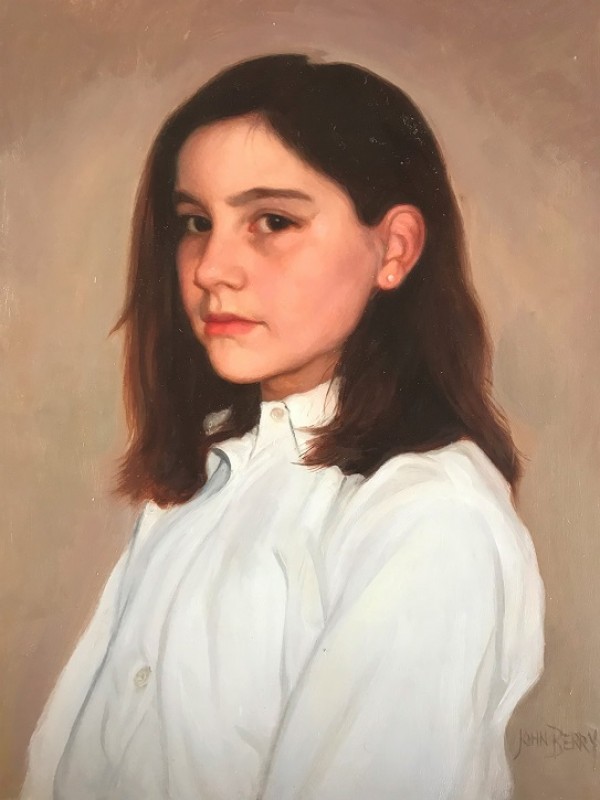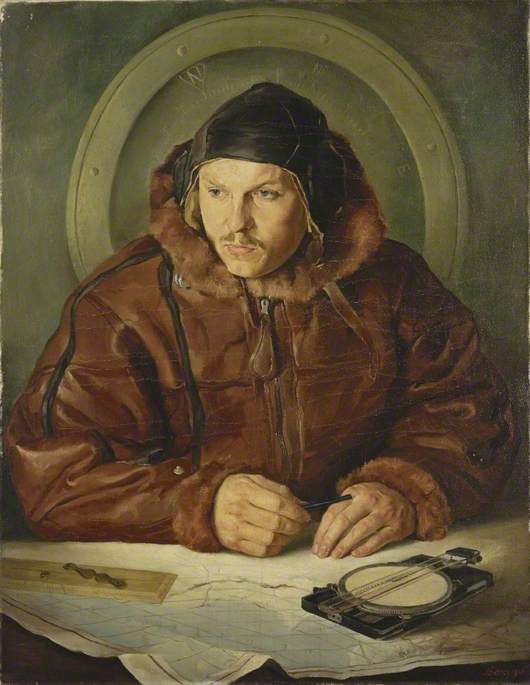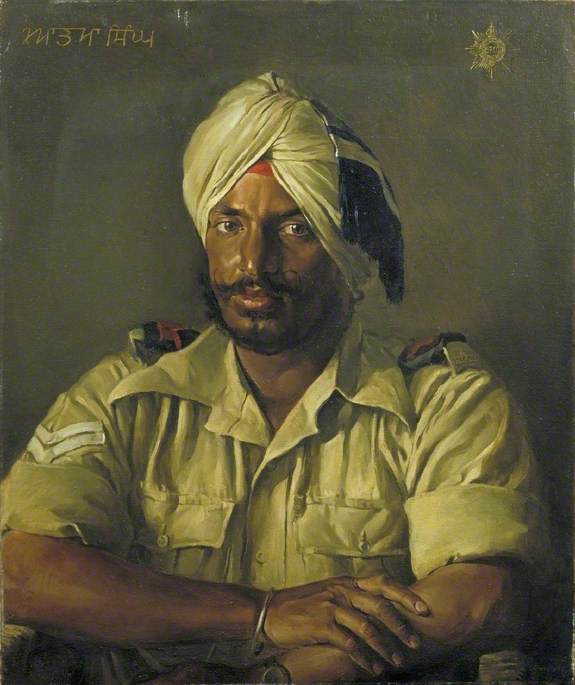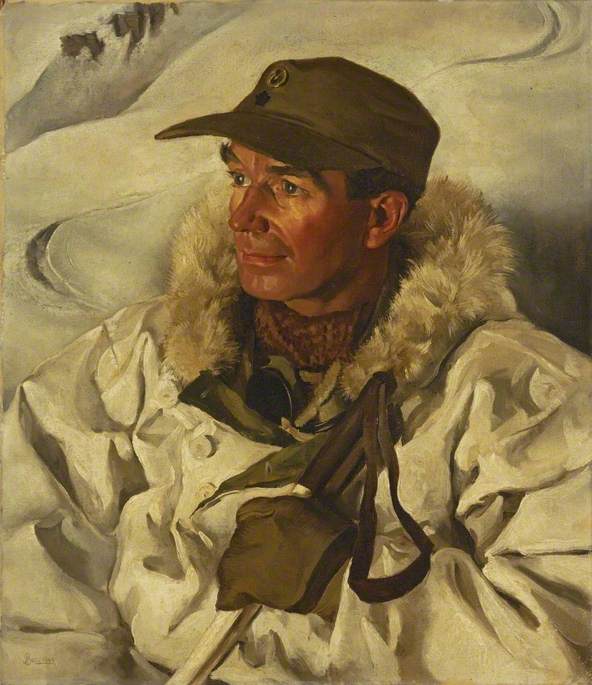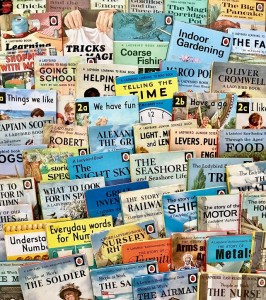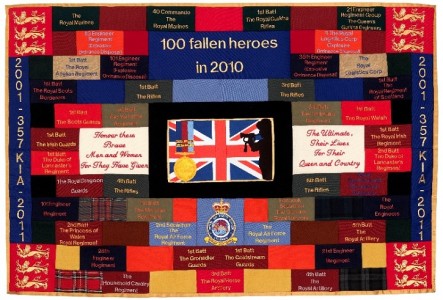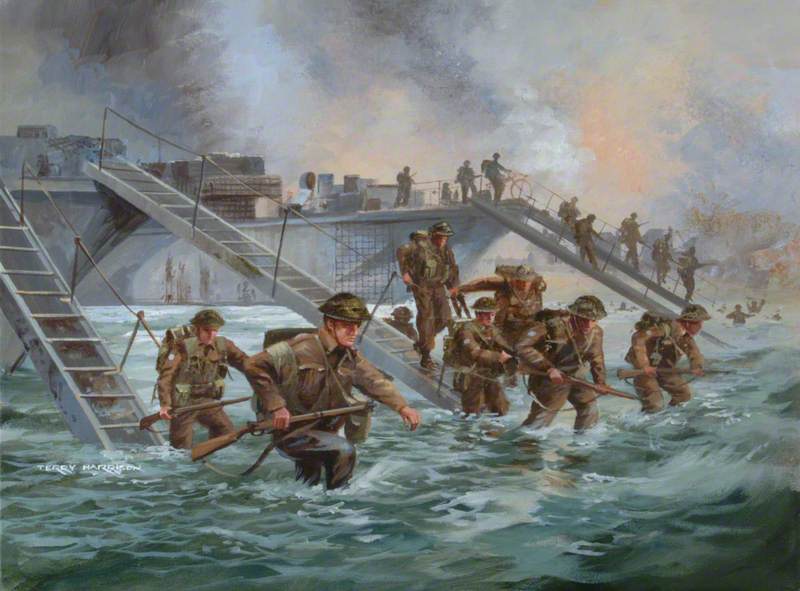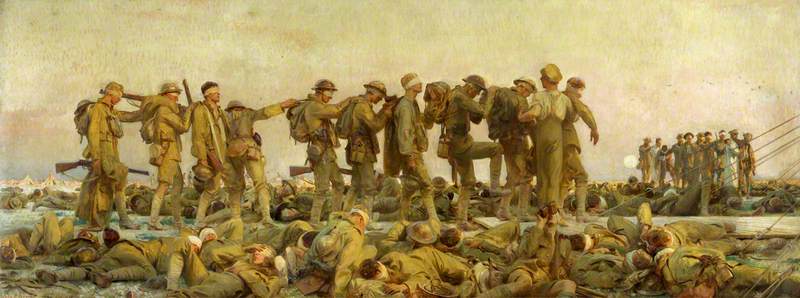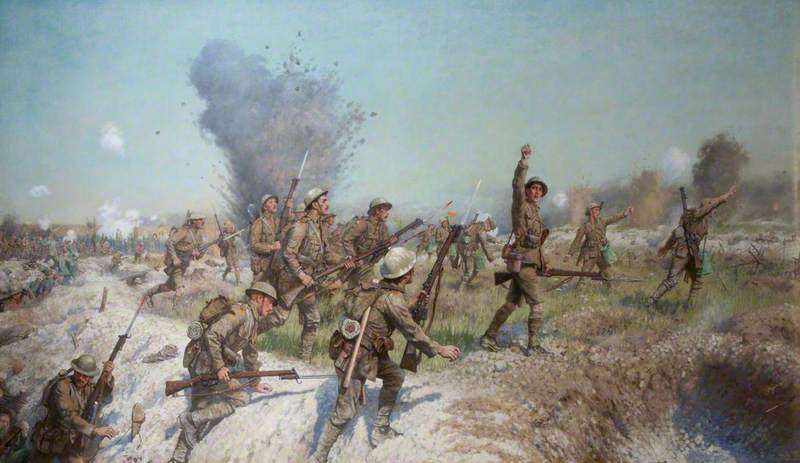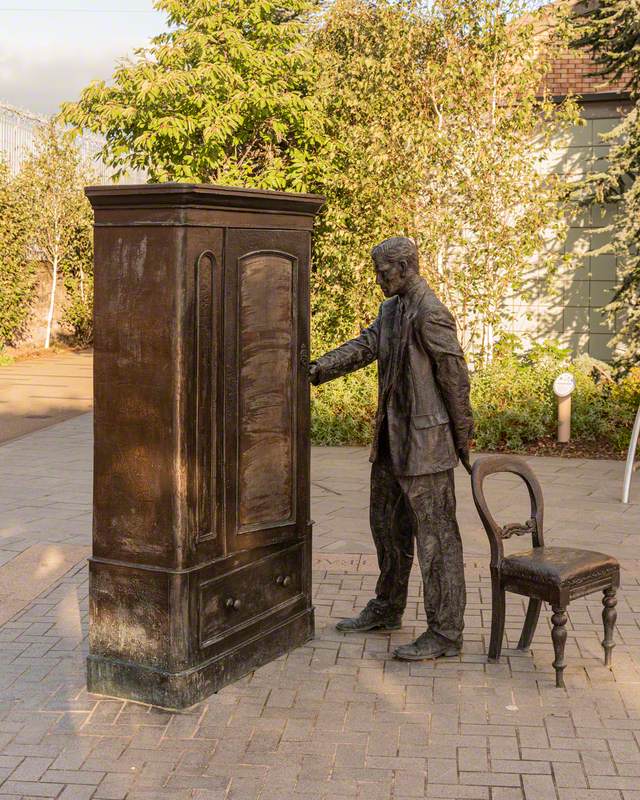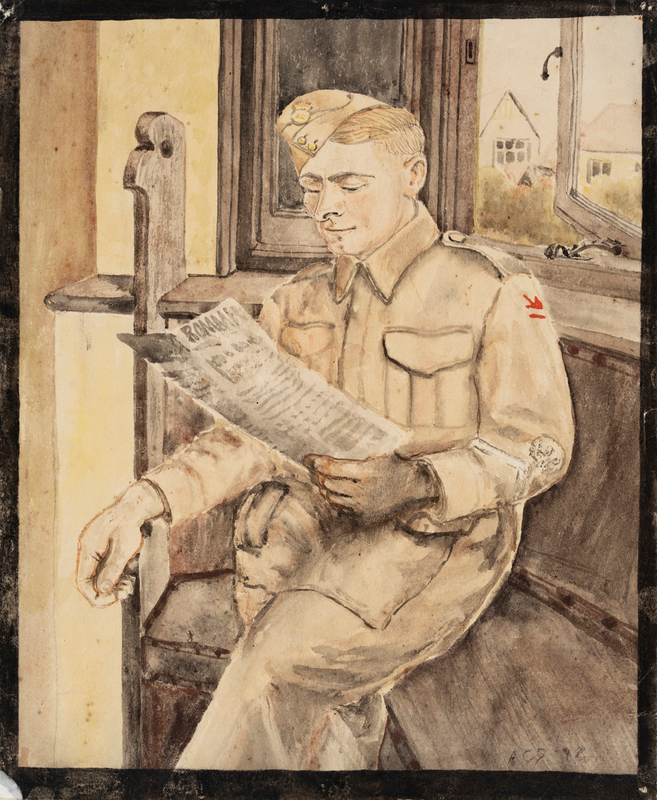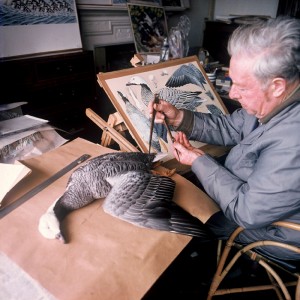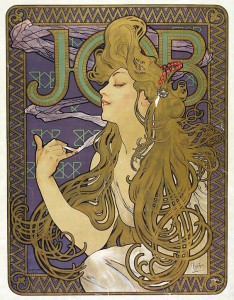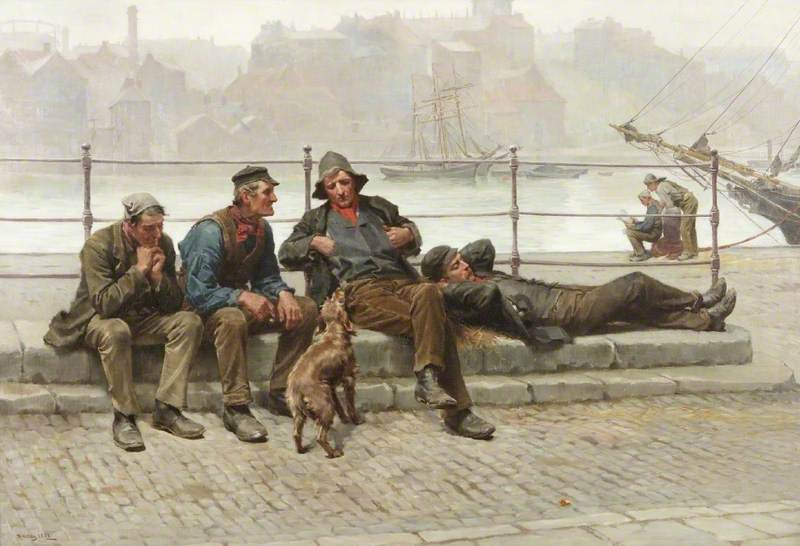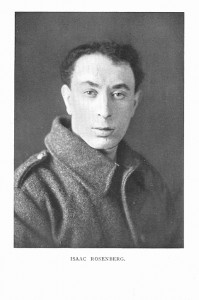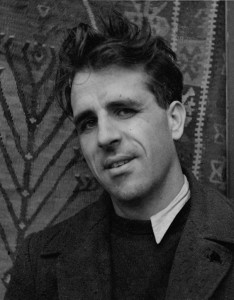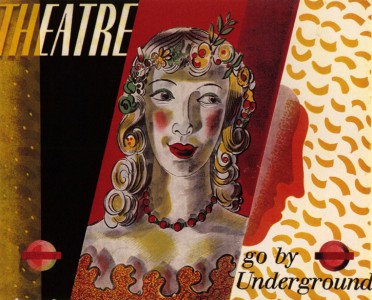When, as a boy, John Berry first came across the works of Rembrandt and Velázquez, he made up his mind that he wanted to be a portrait painter. His working life would take many twists and turns but in the end, he did earn his living through portraiture, although this work is not how he is best known today. If you grew up in Britain in the 1960s, '70s or '80s there's a good chance that you will have seen his paintings as artwork in Ladybird books, when the publisher was at the height of its popularity. Among the many books that he illustrated for Ladybird, he depicted the policeman, the nurse, the car-makers, shipbuilders, pottery-makers and roadbuilders and, in doing so, helped create a snapshot of working Britain in the 1960s and 1970s.
Berry was born in 1920, and grew up in the challenging years after the First World War, reaching adulthood just as the Second World War broke out. For some aspiring artists of Berry's generation, the war actually created opportunities; for others, it took them away. For John Berry, it was a bit of both.
Rear Admiral J. P. Scratchard, DSC, Commandant (1960–1962)
c.1962
John Leslie Berry (1920–2009) 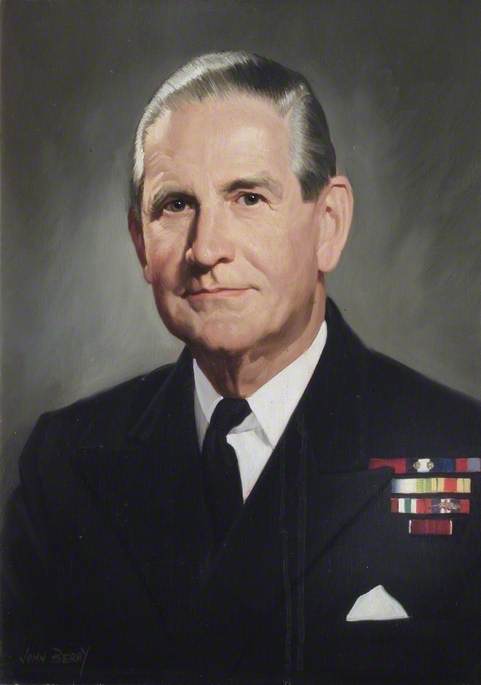
Berry was just five years old when his father left home for good and money was always a struggle for the family but scholarships, part-time jobs, talent and determination saw him through his studies at Hammersmith School of Building, Arts and Crafts. At the age of 19, his hard work was rewarded with a precious scholarship to the Royal Academy to study fine art. However, this was 1939 – just at the outbreak of war – and, to his lifelong disappointment, he felt compelled to volunteer for service instead. He was trained as a Radar Operator in the Royal Air Force and by 1941 was in Africa with the 8th Army. One day he was asked by the padre to design a poster for a day of prayer and this humble commission delighted Berry. 'It was a thrill,' he said, 'after such a long abstinence to be able to paint again'. As events unfolded, the posters he produced for the padre were to alter the course of his war years.
'Some time later,' Berry later commented, 'Air Marshall Tedder, AOC, paid a visit to the camp and saw the poster and the painting. He must have liked what he saw'.
Berry was actually getting on the truck that was to take him and the rest of his unit to the Front Line in Tobruk when he heard his name called out. To his great surprise, a sergeant ordered him off the truck. He was told to collect his equipment and take a train to Cairo to be interviewed for a job with the Army Public Relations Unit. He got the job, and there he worked with Randolph Churchill designing publicity campaigns and information posters.
'One day at the time of Alamein, I thought it would be a good idea to paint the men in action, so I painted a 25-pounder gun in action, trying to portray some of the men who played such a great part in this battle'.
25-Pounder Gun and Team in Action on the El Alamein Front
1942
John Leslie Berry (1920–2009) 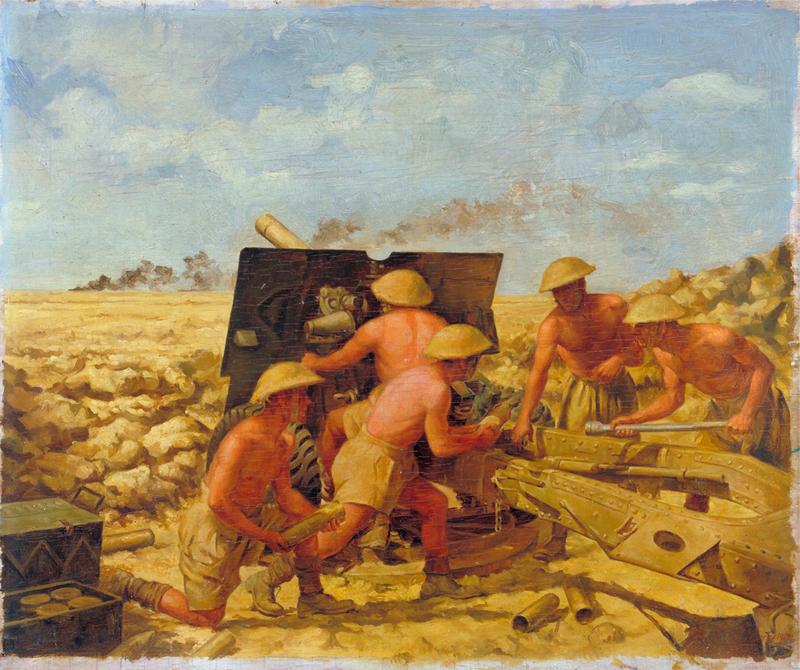
Throughout his life, Berry was proud of the fact that he was the only war artist drawn from the ranks. As for the picture, it was later to be exhibited in The National Gallery, was used in Winston Churchill's memoirs and today forms part of the permanent collection of the Imperial War Museum.
Air Vice-Marshal S. W. B. Menaul (1915–1987), CB, CBE, DFC, AFC, RAF, Commandant (1965–1968)
1968
John Leslie Berry (1920–2009) 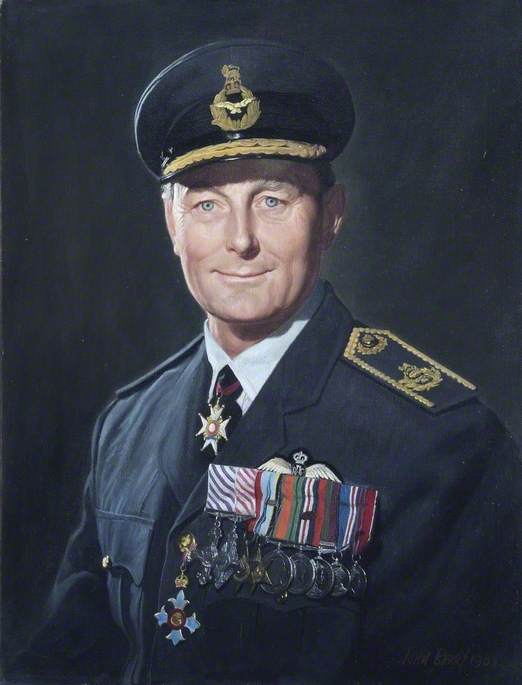
Over the course of the war, Berry was increasingly asked to paint portraits – always his favourite medium. A number of these portraits can be seen on the Art UK website, including that of Major James Riddell, an Olympic skiing champion. As the sitting progressed, a friendship began to form between the two men and, when Riddell said his post-war plans involved writing children's books, the two men hatched a plan to form their own publishing company, with Riddell writing children's stories and Berry illustrating them. One week before Berry was due to be sent to Japan, V-J Day was declared and he was free to return to civilian life.
Major James Riddell never forgot his wartime promise and, in the late 40s, the two men did indeed begin work on a short-lived venture into children's publishing. When that came to an end, Riddell used his extensive contacts to help establish Berry as a society portrait painter. Berry also worked extensively as a commercial artist, including the 25 happy years spent working for the publisher Ladybird, for whom he illustrated around 50 books. The 'People at Work' Ladybird series in particular showcases his gift for photorealism; the pages of the books are filled with carefully composed scenes and tender observation – technically precise yet infused with empathy and warmth.
Arthur H. Clark, Mayor of Maidstone
1968
John Leslie Berry (1920–2009) 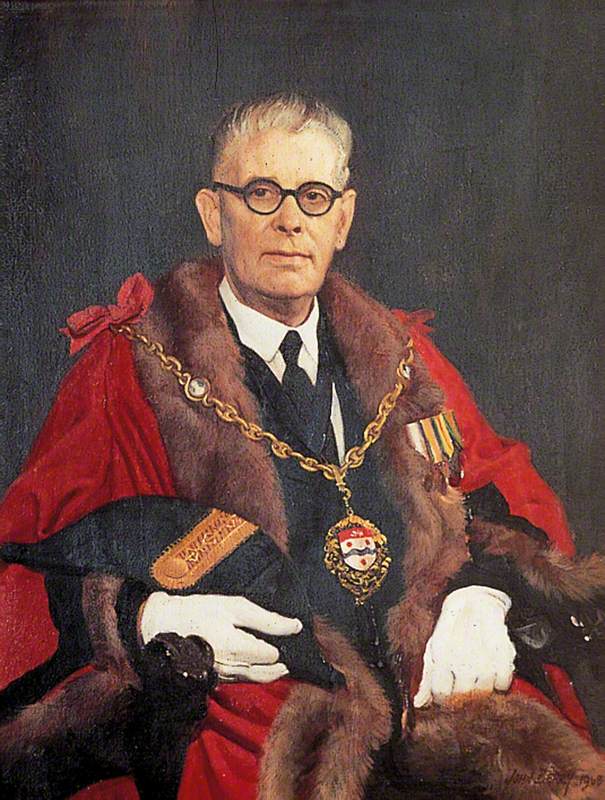
So the war, which initially frustrated his early ambitions to become a portrait painter, in the end, created the opportunities which got him back on track. He was still painting exquisitely observed portraits just weeks before his death in 2009 at the age of 89.
Helen Day, historian and collector of Ladybird books and the curator of the exhibition 'The Wonderful World of Ladybird Artists'
You can hear Helen Day discuss John Berry and Ladybird books in episode 34 of the Art Matters podcast.
'The Wonderful World of the Ladybird Artists' is open until 1st September 2019 at the New Walk Museum and Art Gallery in Leicester.
